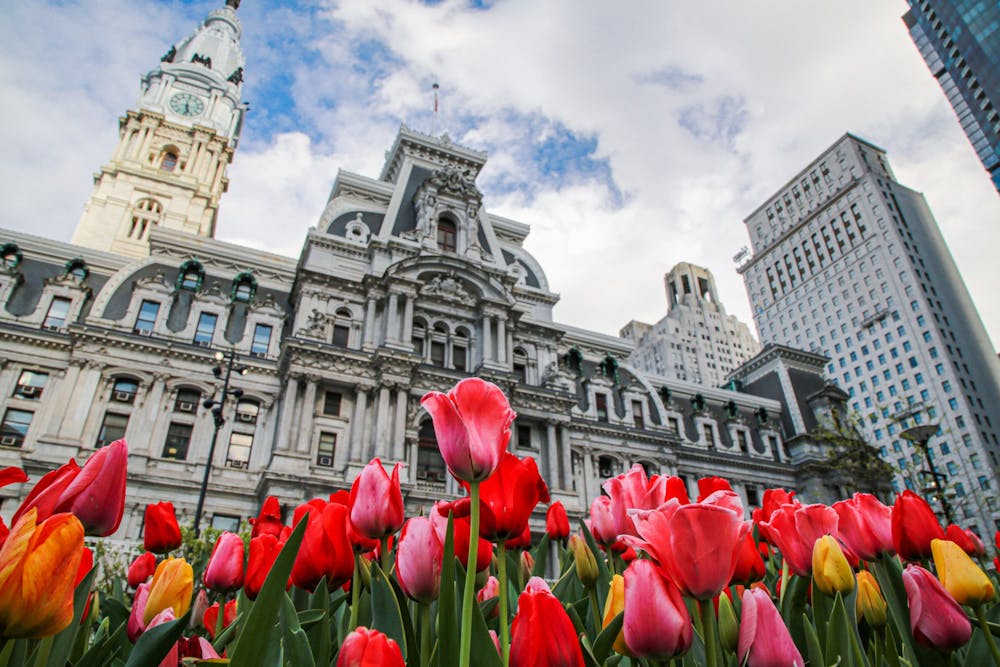
The Pew Charitable Trusts released its annual State of the City report on Philadelphia Wednesday — which examined the city’s recovery since the pandemic began.
The report, first published in 2009, is part of Pew’s Philadelphia Research and Policy Initiative project and uses research and statistical analysis.
This year’s report indicates several signs of economic and public health recovery.
The unemployment rate fell back to its pre-pandemic rate of 5.8% — after peaking at 19.5% in July 2020. As Philadelphia eases pandemic restrictions, the report indicates that the city's economy is making a recovery.
However, the report also highlights potential several continuing challenges. Despite a slight decrease in overall crime, gun violence soared in 2021, with a 28% increase in robberies with firearms in the past year. The number of homicides, which has been steadily increasing since 2013, reached a historic high at 562 as well — almost double the amount in 2013.
Drug deaths, particularly the opioid crisis, are still an issue for Philadelphia as well. Unintentional drug overdose deaths increased from the previous year, with an estimate of 1,250 deaths passing the previous peak of 1,217 set in 2017.
Additionally, 70% of residents cited the city’s most pressing issue to be crime, drugs, and public safety.
The report also noted a decline in Philadelphia’s population by 1.7%, the first time since 2006 that the population fell. These decreases, which where not unique to Philadelphia, were partially caused by less migration and heightened mortality due to the pandemic.
The report also highlights racial inequalities in the city. Forty-seven percent of all Philadelphians indicated they knew someone who had died from COVID-19, but the rate for Black and Hispanic residents was over 50% compared to slightly over a third for white residents. The divide was also apparent with the opioid crisis, with 68% of Hispanic residents indicating that opioid use had a negative impact on their neighborhoods, compared to approximately half of both Black and white residents.
The report indicated that the city may face unpredictable economic stability over the long term. Philadelphia’s government projects that 15% of commuters will never return to work in the city, reducing long-term tax revenue, particularly with the wage tax, which has historically produced approximately half of the city’s local tax revenue. Receipts from other levies such as business and consumption taxes have also decreased since the pandemic.
“To set a course for Philadelphia beyond the pandemic, its leaders must navigate several complex issues — chief among them adjusting to a changing economic landscape while leaving sufficient funds to provide needed services in a high-poverty city … also addressing the twin specters of increased gun violence and high drug overdose death rates” the report concludes.
The Daily Pennsylvanian is an independent, student-run newspaper. Please consider making a donation to support the coverage that shapes the University. Your generosity ensures a future of strong journalism at Penn.
Donate







